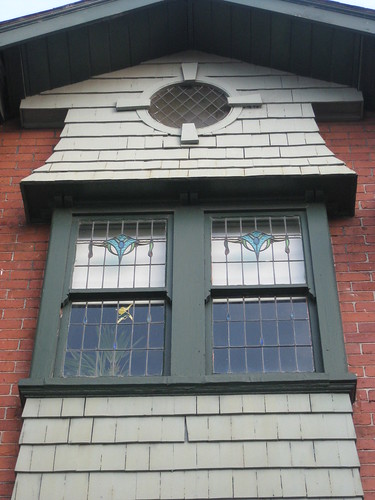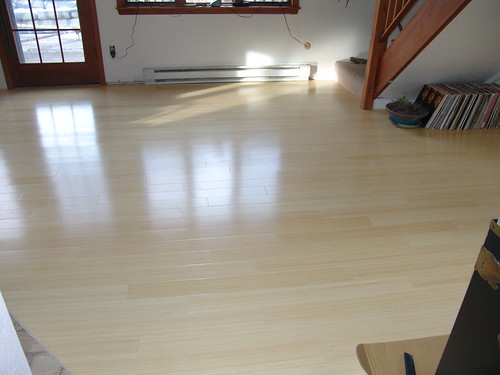 The phrase, “go green,” isn’t exactly new, and neither is “carbon footprint.” When you are looking to save money on home improvements, many people mistakenly believe that “lower costs” and “going green” are basically incompatible. Sometimes, reducing your carbon footprint can save you a great deal of money that you can funnel back into your home in other ways, invest in a retirement account or simply save for a terrific holiday trip.
The phrase, “go green,” isn’t exactly new, and neither is “carbon footprint.” When you are looking to save money on home improvements, many people mistakenly believe that “lower costs” and “going green” are basically incompatible. Sometimes, reducing your carbon footprint can save you a great deal of money that you can funnel back into your home in other ways, invest in a retirement account or simply save for a terrific holiday trip.
Consider Starting with an Audit
For the most comprehensive plan of green improvements attack, an energy audit often saves you more than its average cost of $400. An audit can not only identify air leaks and safety issues but also recommend which green improvements to your home will earn you the most money in resale value enhancements.
An energy audit can tailor recommendations on products or even the order in which you fix, bolster or replace lagging elements in your home. For example, installing solar panels is a common activity to reduce both your carbon footprint and your electric bill, but if all your windows leak, you save little on energy costs either cooling or heating your home.
Windows

Unless you are rebuilding an entire wall or removing a rotting wooden window frame, replacing an entire window for energy savings is rarely required to save money. Minor air leaks around the frame can be minimized by plastic coverings during the winter and applying new caulk on the window itself.
Be sure to check air flow between the stationary and sliding parts of the window: You might fill the gap with a thin strip of self-sealing foam, for example. The strip should be thin enough to allow the window to slide without pulling the strip away, yet thick enough to impede that 20-mile-per-hour breeze you can currently feel.
Check Cracks, Outlets and Switches
Sealing even minor cracks in your walls and the empty spaces around your power outlets and wall switches will immediately result in a more comfortable environment. Often, a sprayed-foam insulation works very, very well, occupying all those nooks and crannies that strip insulation misses. Stop the outer temperature difference from sneaking into your home’s interior by blocking those empty spaces.
Be sure to touch up any interior paint after the insulation dries for a nicer look to your living areas.
Don’t forget to check your basement and attic as well!
Green Flooring Options
Part of the Go Green movement for homes is not only using less fossil fuel but using renewable materials around your home. Flooring options in the green arena should not be overlooked. Avoid vinyl flooring when you replace yours. Vinyl contains formaldehyde, a toxic element. Instead, consider a woven bamboo material. Don’t use a softer bamboo, for it isn’t nearly as durable. The woven type still “gives” as you step on it and can last for years with proper care.
If low cost is still a concern, and a bamboo floor doesn’t suit your decorating scheme, you might consider Marmoleum, an environmentally friendly and inexpensive alternative to linoleum.
Cork is enjoying an increase in popularity in almost any room in your home. Its softness protects both people and pets walking across it and the under- or sub-flooring as well. Its durability can match decent carpeting, too.
Emily has lots of property for sale in Edinburgh and fixes up many properties to sell on the open markets, she also loves to share her free advice online whenever she gets the chance.

